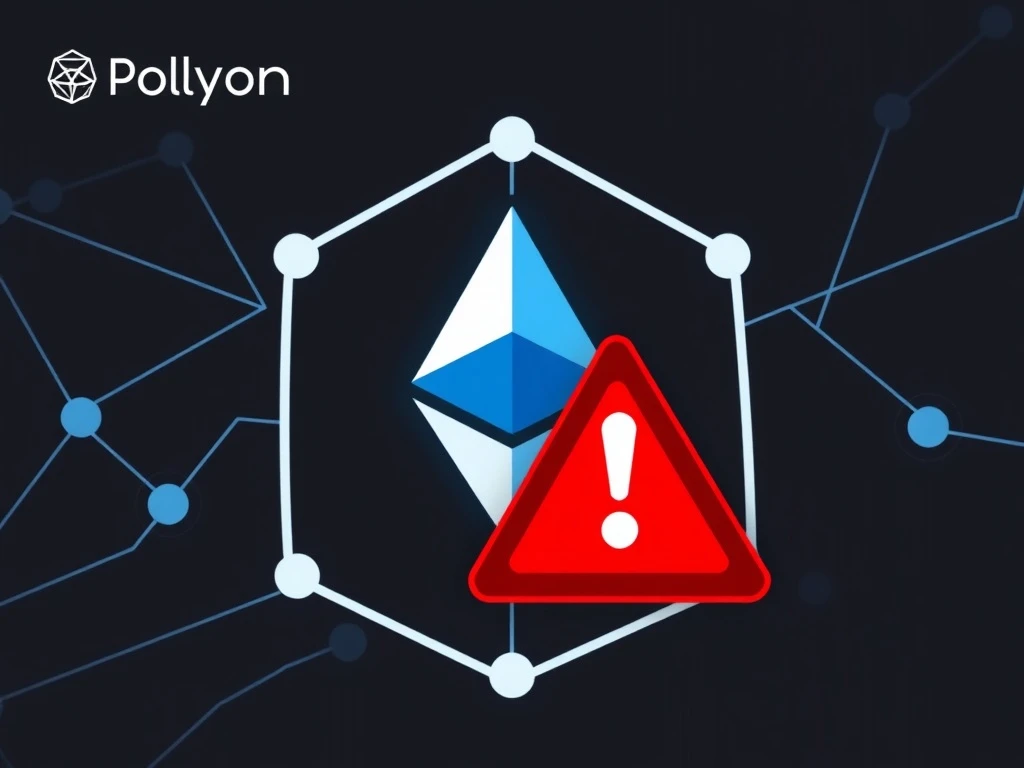Polygon Network Outage: How a Single Validator Exit Caused Chaos

In a startling turn of events, the Polygon network experienced a significant outage lasting over an hour on July 30, 2025. This disruption, caused by a validator exit bug, highlights the delicate balance in decentralized systems. While the Bor layer kept block production running, the Heimdall system faced critical failures, leaving users grappling with delays.
What Caused the Polygon Outage?
The outage stemmed from a bug triggered when a validator exited the network improperly. This single event cascaded into system-wide issues, primarily affecting Heimdall, which manages validator operations and consensus. Key points about the incident:
- The Bor layer continued functioning normally, maintaining block production
- RPC services experienced disruptions, causing access issues for users
- The outage occurred shortly after a major network upgrade aimed at improving scalability
Heimdall Disruption vs. Bor Resilience
The incident revealed an interesting dichotomy in Polygon’s architecture. While Heimdall faltered, Bor demonstrated remarkable resilience. This separation of concerns in Polygon’s design proved valuable, but also exposed vulnerabilities in validator coordination.
Ethereum Scaling Solutions Under Pressure
As layer-2 networks like Polygon scale to meet growing demand, such outages raise important questions about:
- The robustness of validator exit mechanisms
- Protocol stability during upgrade transitions
- User confidence in scaling solutions
Global Crypto Infrastructure Developments
Coinciding with Polygon’s outage, significant developments occurred worldwide:
| Region | Development |
|---|---|
| South Korea | Bank of Korea established virtual asset division for stablecoin regulation |
| Nigeria | SEC announced stablecoin innovation sandbox |
| Solana | Orca launched Wavebreak token launchpad with anti-bot measures |
Lessons from the Polygon Network Upgrade
The outage following Polygon’s upgrade offers crucial insights for blockchain developers:
- Validator coordination needs improvement
- Exit mechanisms require more robust testing
- System resilience must extend beyond core functions
While the Polygon network demonstrated impressive resilience in maintaining block production, this outage serves as a wake-up call for the entire layer-2 ecosystem. As scaling solutions become increasingly critical to Ethereum’s growth, the industry must prioritize fail-safe protocols and seamless upgrade processes to maintain user trust and network reliability.
Frequently Asked Questions
How long did the Polygon outage last?
The outage lasted over an hour on July 30, 2025, before normal operations resumed.
Did the outage affect all Polygon functions?
No, while Heimdall (validator operations) was disrupted, the Bor layer (block production) continued functioning normally.
What caused the Polygon network outage?
A bug triggered by a validator exiting the network improperly caused the system disruption.
Were user funds at risk during the outage?
No evidence suggests user funds were at risk, though transaction processing experienced delays.
Has Polygon addressed the validator exit issue?
While immediate fixes were implemented, the long-term solution likely requires protocol improvements to validator coordination.
How does this affect Ethereum scaling solutions?
The incident highlights the challenges layer-2 networks face as they scale, emphasizing the need for robust upgrade processes.









